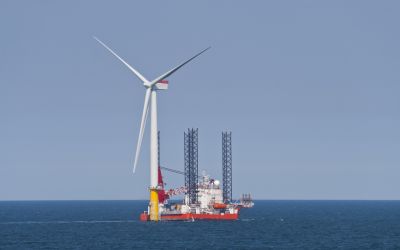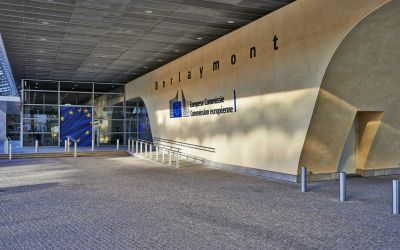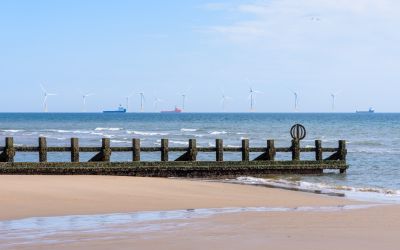Green Building market driven by over $4 Billion in venture capital
The worldwide market for green buildings is being driven by increasing awareness of environmental challenges that buildings represent. As the world's largest source of both energy consumption and carbon emissions, the global market for green building solutions has attracted over $4 billion in venture capital over the last 20 years.
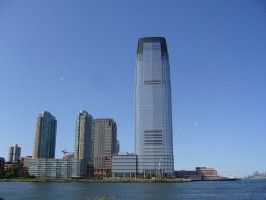
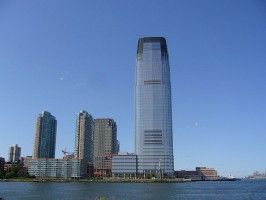
The worldwide market for green buildings is being driven by increasing awareness of environmental challenges that buildings represent. As the world's largest source of both energy consumption and carbon emissions, the global market for green building solutions has attracted over $4 billion in venture capital over the last 20 years. The future for green buildings is promising, but all of this activity has shifted the market dynamics, as some opportunities dry up and new ones fill the void.
Building a Green 21st Century
"Green buildings" have emerged at the nexus of energy security, environmental sustainability, and corporate social responsibility as critical investments in the 21st Century. According to new tracking figures from Lux Research, venture capitalists have invested over $4 billion in green buildings developers since 2000. Developers like Tridium, Encelium Technologies, and SAGE Electrochromics have grown their businesses from seed-stage ventures to hugely successful companies, and this early wave promises to keep growing. However, opportunities for some current-generation technology and material developers are nearly gone, and exit prospects for their investors are not promising. This research covers opportunities in integrated design, on-site generation, energy services, advanced building envelope, and low-carbon cement and concrete, technology areas that wise investors should pursue.
Energy Efficient Buildings
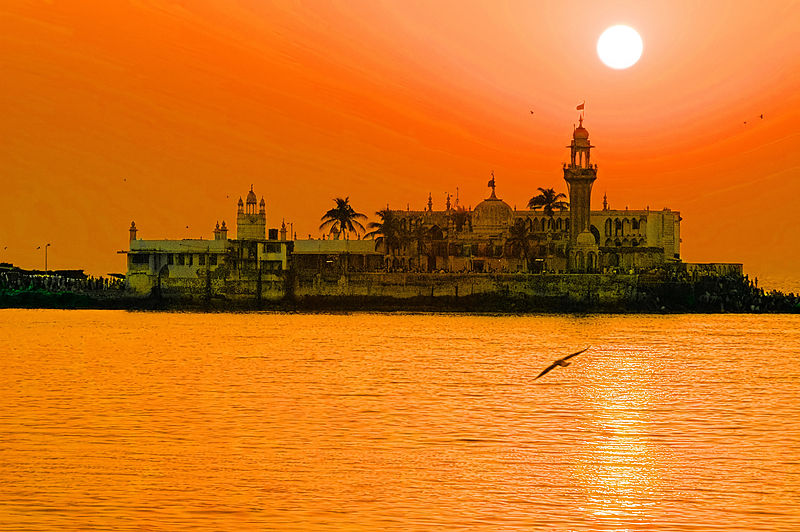 Driven in large part by rapid economic growth in Southeast Asia, India, and China, energy demand in the Asia Pacific region is increasing rapidly, and Asian governments and industry leaders are simultaneously highly focused on creating a more sustainable and energy-efficient economy. These goals have intensified attention on the building sector, one of the primary sources of energy consumption. These and other macro trends have driven energy-efficient commercial buildings to become an increasingly larger priority for companies within the region.
Driven in large part by rapid economic growth in Southeast Asia, India, and China, energy demand in the Asia Pacific region is increasing rapidly, and Asian governments and industry leaders are simultaneously highly focused on creating a more sustainable and energy-efficient economy. These goals have intensified attention on the building sector, one of the primary sources of energy consumption. These and other macro trends have driven energy-efficient commercial buildings to become an increasingly larger priority for companies within the region.

In response to heightened demand, energy service companies (ESCOs) in Asia Pacific are providing energy-saving systems and services that are adapted to their customers' business facilities and building spaces. Over the past several years, performance contracting has become a more and more common business model to assist building owners and managers in optimizing energy use in existing buildings. At the same time, builders within the region have quickly adopted green building certification programs and other tools for improving the efficiency and mitigating the environmental impacts of commercial buildings.
Policy's Dramatic Impact on Green Buildings
Buildings consume the majority of the world's energy and are responsible for a majority of manmade CO2 emissions. Energy security, environmental, and livability concerns are driving governments across the world to adopt policy measures promoting green buildings. Policy measures, along with the ability to pay, payback periods, and addressable market size, should determine a firm's decision on which countries to invest precious market development funds in. This report, examines 21 countries on the Lux Nations Ranking Chart to project how the unique policy drivers in each country create an opportunity for specific green-building technologies.
Green Building Certification Programs
Green building certification programs such as LEED and BREEAM provide third-party assessment of green buildings. Although green building awareness has risen dramatically in the past several years, green building is still in an embryonic stage in many markets. As developed countries and regions look to certify not only much of their new construction but their existing building stocks as well, developing countries such as China and India are quickly adapting green building certification to their markets for new construction.
Image 01 - Goldman Sachs Tower, LEED certified building, New Jersey, U.S.A. Paulm27.
Image 02 - Haji Ali Dargah, Mumbai, India. Humayunn Peerzaada.
Image 03 - Great Wall of China near Jinshanling. Jakub Halun.

